Ginger – Not just an Asian culinary spice (part 1)
Do you know the mysterious origin of ginger or its special properties? Discover them with us in this first part of our ginger-series….
Last time, we presented turmeric, the ginger look-alike power plant, to you. So, now it’s time to dedicate ourselves to the great plant, that does not only look like ginger, but also is ginger.
Far beyond its role as a spice, ginger has a long history in human nutrition and wellbeing. Above, it has also found its unresting way into animal nutrition. Let’s discover the effect of ginger as natural feed additive. Sounds interesting? So it is.
Did you know?
The current name “ginger” originates from the Middle English gingivere and dates back over 3000 years to the Sanskrit word srngaveram, which means “horn root” – according to its appearance.
Find more mindblowing facts in this first part of our ginger-series.
Ever had Asian cuisine?
Then you’ve likely experienced ginger in some form or other, though ginger is not only exclusive to Asian dishes. And where most would see just a classic culinary root, science has found a goldmine of health potential. Throughout history, encounters with ginger through discovery and trade beyond the Eastern world have delighted plenty of cultures with its uniqueness and zest. Many countries might even consider it a staple or commonplace spice for every kitchen cabinet, though it’s also popular in candies, sodas, and much more around the globe. However, its pungent, spicy, and warming flavors will always have a distinctly Asian identity.
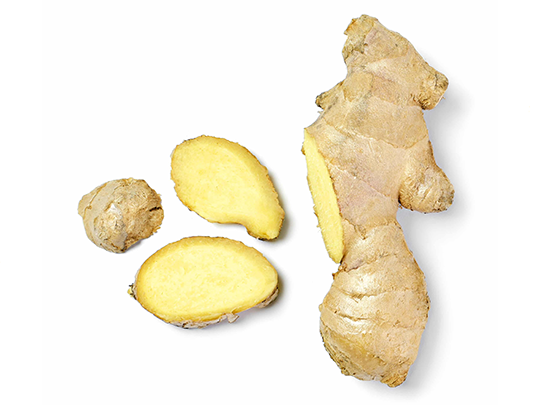
In a world where we must rapidly seek creative low-energy and healthier solutions to our global economy – with agriculture as a huge target – Look under the surface of its culinary appeal, and you’ll find hidden within every ginger root not only a delicious seasoning, but health benefits aplenty. Ginger has a rich history as medicine in herbalist, folk, and traditional healing practices.
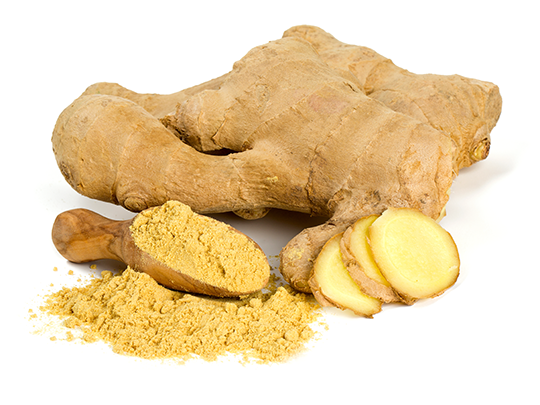
With this of enormous phytogenic potential, health-boosting substances from ginger are already being researched and manufactured into modern medicines for humans. Such useful ancient knowledge of ginger is also transformed into immense agricultural potential today as a more natural, healthier alternative to antibiotics and other growth promoters. So it’s only a matter of time before ginger applications are used and applied for livestock health in agriculture around the globe. We will discover the effect of ginger as natural feed additive later in this series.
What is ginger?
Ginger goes by the scientific name Zingiber officinale Rosc. It falls in the plant family Zingiberaceae, a family named for ginger itself, but which also includes other popular Asian spices like turmeric and cardamom. Galangal, a common ingredient in Southeast Asian cuisines, is also in the same botanical family as ginger. Though ginger is often called a root, the commonly used parts of ginger are technically actually a rhizome. Rhizomes are modified underground stems that act much like roots.
Origins
Interestingly, the origins of ginger are uncertain, though it seems as if it is native to Southeast Asia, explaining its strong presence in Asian cuisines from Korean, Japanese, and Chinese to Vietnamese, Thai, and Indonesian.
It is native to tropical and sub-tropical climates in these areas, though can be hardy in some temperate zones, too, with some protection. From the live ginger rhizome plant grows thinner, more fibrous true roots that spread deep into the earth to bring up nutrients. The top of a ginger rhizome erupts in a tall, spear-like stalk above ground with slender, bamboo-like leaves. The rhizome, which is the horizontal stem from which the roots grow, has been the most popular plant part in food and medicine as it contains the most bioactive compounds.
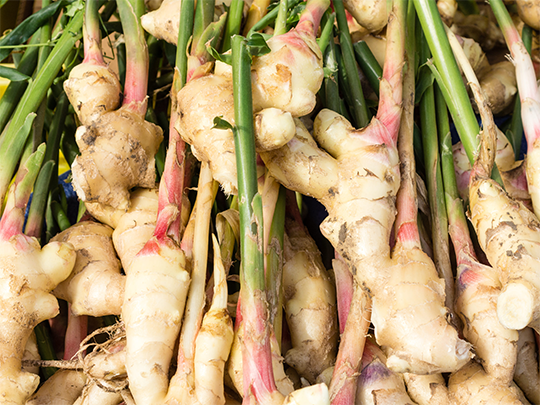
Though its flavors alone are an alluring addition to many dishes, ginger was just as widely used medicinally as it was culinarily through the ages. The root was chewed for digestive upsets, coughs, motion sickness, nausea, morning sickness during pregnancy, colds, flu, sore throats, gastrointestinal infections, female health complaints, and much more.
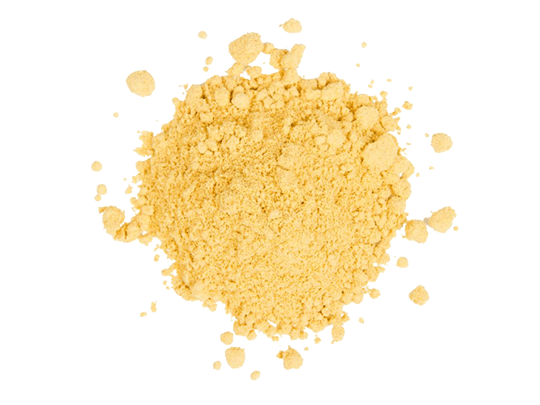
A tasty and easily likeable herbal root, ginger spread around the world to other countries and regions to be enjoyed as food and medicine. However, its presence everywhere will always be associated with the Far East. Ginger is also an important healing food and herb in Ayurveda and traditional chinese medicine, the healing herbalist traditions of India and China, for warming what are considered “cold” afflictions like rheumatism.
Ginger is “generally recognized as safe” by the U.S. Food and Drug Administration (FDA) for humans and animals.
However, its modes of action are not completely exploited yet. Therefore, it should be used with caution for therapeutic purposes (Wilkinson, 2000a). The importance of careful scientific research regarding the safety and efficacy of potential therapeutic plant remedies, but also with respect to prescribing risks and benefits of herbal medicine, has been pointed out repeatedly (Barrett, Kiefer, and Rabago 1999; Ness, Sherman, and Pan 1999; Talalay and Talalay 2001).
In humans, a contraindication is given with ginger, if patients take anticoagulant drugs, suffer from blood coagulation disorders or gallstones (German Commission E. Monograph, 1988). Due to its ability to inhibit thromboxane synthase and act as a prostacyclin agonist (Backon, 1991), ginger may have an influence on bleeding times and immunologic parameters.
Reference upon request
Do you want the entire article as PDF including all references?
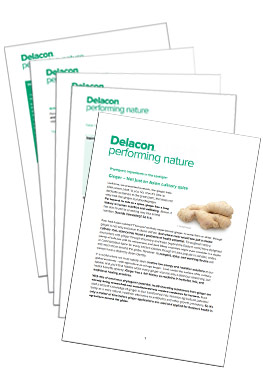
You are only one click away.

Elisabeth Rohrer
After her study in agriculture sciences at the university of natural resources and life sciences in Vienna, Elisabeth joined the Delacon team in December 2013 as Technical Communications Manager - a position, she always exerted with pleasure. Since 2021, her task areas have been extended and thus, she is also supporting colleagues in writing offside the technical focus as Content Manager. Elisabeth describes herself as a great animal and nature lover and prefers to spend her free time high up in the mountains with her little family, away from the hustle and bustle.










